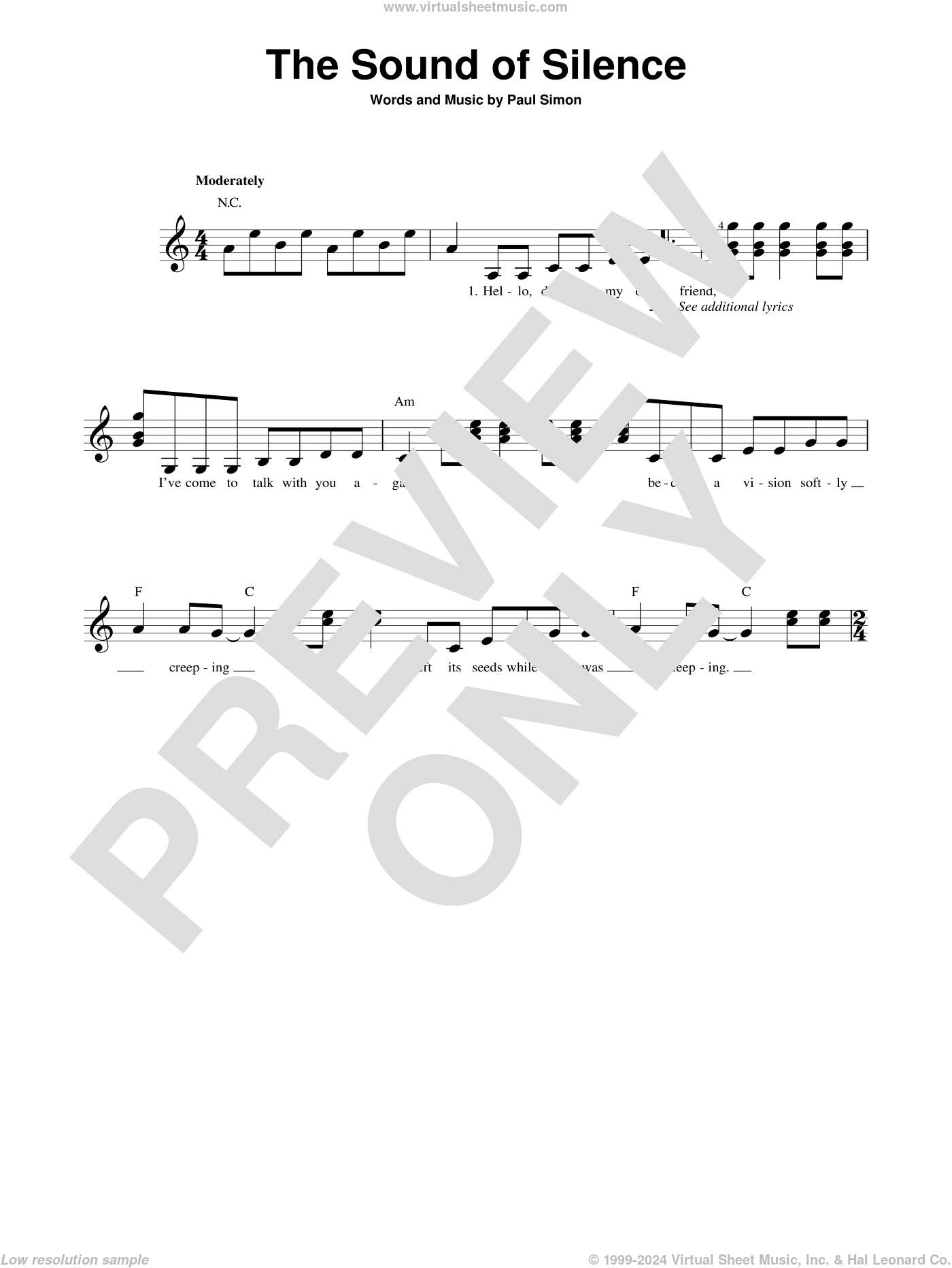

A quarter note equals one beat, an eighth note equals half of one beat, and a 16th note is a quarter beat (there are four 16th notes per beat). A whole note (see below) equals four beats. The duration of a note is determined by three things: the note head, stem, and flag. Notes are written in alphabetical order from A to G. Repeat this until you can get them all right!Standard notation is written on a five-line staff. Repeat for each string.Īnother good way of learning guitar notes is simply to finger a random fret and say aloud which note you are playing. Play the open string (E), then the note at the first fret (F), then the note at the second fret (F sharp or G flat) and continue upwards to the twelfth fret (and beyond). Start with the sixth string (the lowest string).

(Playing chromatically means playing in steps of one fret at a time.)
GUITAR TAB NOTES HOW TO
How To Learn Guitar Fretboard NotesĪn effective way to learn the notes on a guitar fretboard is to play chromatically up each string, while saying aloud the name of each note you play.

For more information on enharmonic notes see wikipedia. In strict music theory you would change the name depending on what key the music was in. Most of the time (in rock and pop music) you can refer to the note using either the sharp or the flat name. This is because a note of the same pitch can have two (or more) different names. For example, the second fret of the low E string contains both an F sharp and a G flat. You’ll notice that in the fretboard chart above some of the frets appear to have two notes in them. If all of this seems complicated now, don’t worry! It will soon become second nature. The C at the 20th fret of the 6th string is the same as that found at the 15th fret of the 5th string, the 10th fret of the 4th string, the 5th fret of the 3rd string and the 1st fret of the 2nd string! For example, the A note at the 5th fret of the 6th (lowest) string is the same note as the open 5th string. On the guitar fretboard, the same note can often be played on more than one string. Note at 1st fret of 1st string = F, note at 13th fret of 1st string = F (octave higher) Duplicate Notes! Note at third fret of third string = G, note at fifteenth fret of third string = G (octave higher) The note at the fourteenth fret is the same note as that at the second fret, but an octave higher, and so on. This means that the note at the thirteenth fret is the same note – but an octave higher – as the note at the first fret. At this point the notes start repeating an octave higher up. The guitar fretboard notes chart above shows all of the notes up to the twelfth fret.


 0 kommentar(er)
0 kommentar(er)
